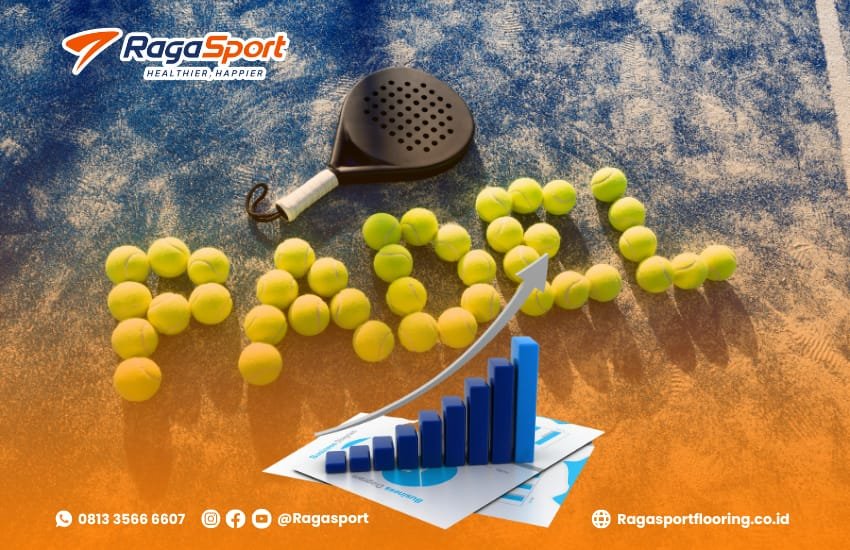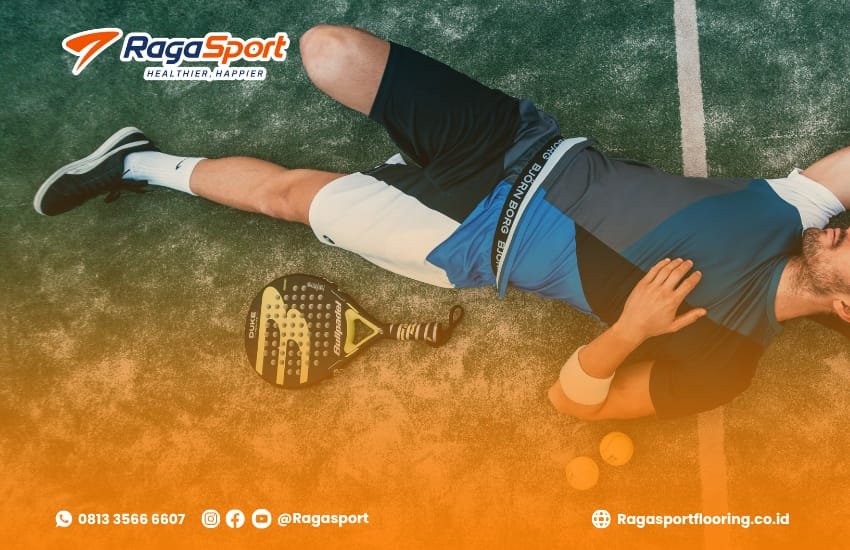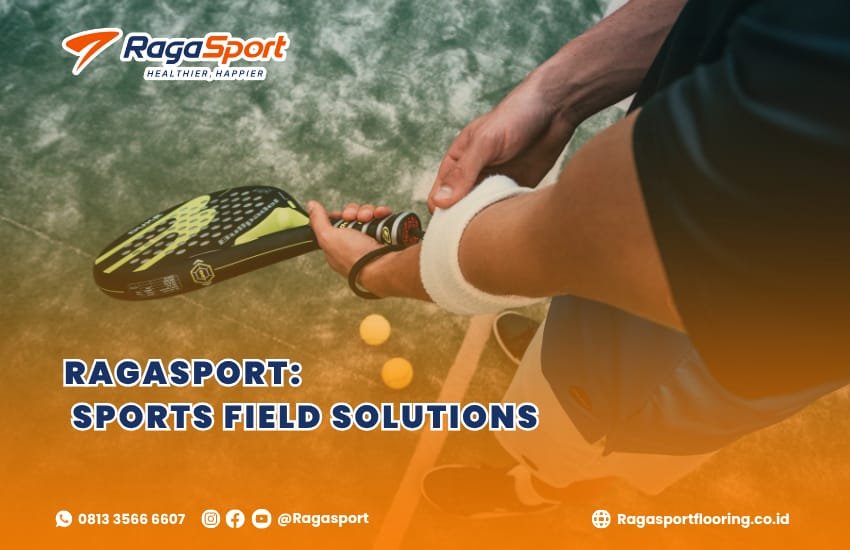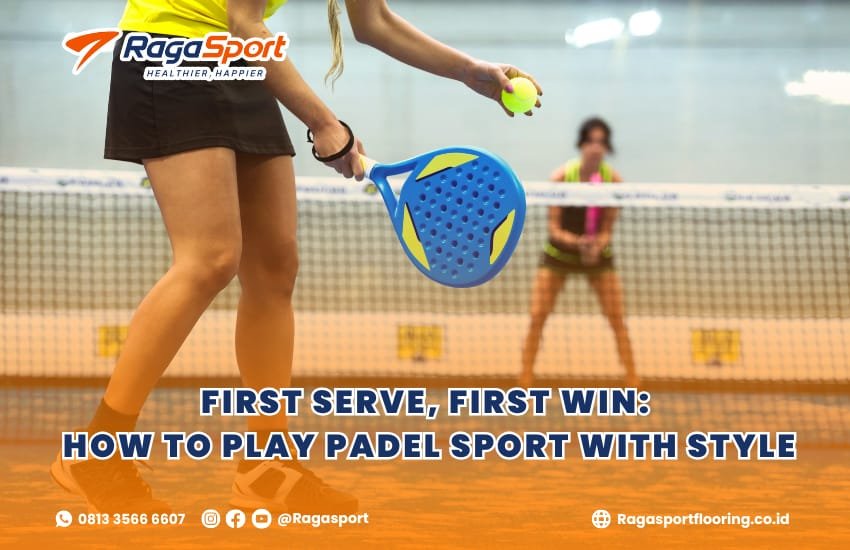Table of Contents
What Is Padel Sport, Really?
Imagine a game where tennis, squash, and chess decided to have a baby that’s padel. It’s fast, fun, and full of surprising angles. But it’s also social, tactical, and refreshingly accessible, even for people who’ve never swung a racket before.
In many parts of Europe, padel is the weekend ritual, the new language of recreation. Curious about how to play padel sport? Let’s walk through it step by step from equipment to court craft.
Step One: Know Where You’re Standing
The Padel Court
A padel court is smaller than a tennis court but feels like a tactical battlefield. Enclosed by glass walls and metal fencing, it forces you to think in angles and rebounds. Every shot you hit can come back to haunt you or win you the point.
Size: 10 meters wide by 20 meters long.
Structure: Glass in the back and part of the sides, with mesh fencing above.
Unique Trait: The walls are part of the game.
The Toolkit
- Padel Racket: Think of it as the weapon of choice. No strings, no fuss just a foam-filled, perforated paddle that gives you precision and control.
- Padel Balls: Like tennis balls, but less pressurized, making them bounce a little lower and move a little slower.
- The Shoes: Good padel shoes are designed for the artificial turf and sand surface. Traction is everything.
Step Two: Learn the Game’s DNA
The Objective
Just like tennis, your goal is to win points by making the ball bounce twice on your opponent’s side — or force them into an error. But unlike tennis, the walls are in play, which adds layers of strategy to every shot.
The Scoreboard
- Follows the same scoring system as tennis: 15, 30, 40, game.
- Sets are won by reaching 6 games (with at least a 2-game lead).
- Played in doubles only.
The Serve: A Gentle Start
- Underhand serve only bounce the ball behind the service line, then hit diagonally into the opponent’s box.
- If it hits the fence, it’s a fault.
- If it bounces and clips the glass after the bounce still good.
Step Three: Play Your First Rally
1. Get Your Grip Right
Start with the continental grip, which allows smooth transitions between forehand, backhand, and volley shots. Picture holding a frying pan but with intent.
2. Hit the Ground Running
Groundstrokes are your bread and butter. Keep your swing compact, your stance ready, and always anticipate a rebound from the back wall.
3. Move to the Net
The secret sauce of padel? Net dominance. Get to the net early, hold your ground, and prepare to intercept lobs or smash loose balls. At the net, you dictate the tempo.
4. Learn the Wall Dance
The walls are your third and fourth teammates. You can defend by letting the ball hit the glass and rebounding into your shot or you can attack by using the wall to deceive your opponent.
5. Think Like a Team
Since padel is doubles-only, communication is non-negotiable. Call out balls, signal plays, and move as a unit. Miscommunication = points lost.
Advanced Tips for Fast Improvement

- Use the lob wisely: It’s not just a defensive shot it’s a way to take back control.
- Play percentages: Don’t go for crazy angles when a safe shot will do. Padels games are often won by consistency.
- Split step: Stay on your toes, literally. Every time your opponent hits the ball, do a tiny hop to reset your balance.
- Watch your positioning: Always stay aligned with your partner. If they move up, you move up.
Rookie Mistakes That Cost Games
- Swinging like it’s tennis: Padel requires finesse, not force. Use your wrist, not just your arm.
- Ignoring the glass: If you’re not using the wall to your advantage, you’re giving your opponent an edge.
- Standing too still: Your feet should be dancing. Padel rewards anticipation and mobility.
- No partner talk: Every point is a shared responsibility. Stay vocal.
The Padel Mindset: Play Smart, Not Just Hard
Padel isn’t about who hits harder. It’s about who hits smarter. You’ll notice high-level players don’t always blast winners they construct points with vision. They move like dancers and strike like surgeons.
Health and Social Benefits? Absolutely

- Physical: Agility, reflexes, endurance all improved with regular padel play.
- Mental: Reacting to rebounds and fast-paced rallies keeps your brain on high alert.
- Emotional: The joy of scoring a clever point or winning a long rally is deeply satisfying.
- Social: Whether you’re bonding with coworkers or competing with friends, padel is inherently community-driven.
So, How Do You Start Playing?
- Find a court — many cities now have dedicated padel clubs.
- Rent or buy gear — a beginner-friendly racket and some balls are all you need.
- Join a class — many clubs offer beginner sessions with coaching included.
- Start playing — the more you play, the faster you improve. Every match is a lesson.
Conclusion: A Sport for the Curious and the Competitive
If you’ve been wondering how to play padel sport, the answer is simple: just start. You don’t need a perfect backhand or years of training. What you need is curiosity, energy, and a partner who’s ready to rally.
Whether you’re seeking competition, connection, or just a new hobby that makes your heart race, padel offers it all. And once you play your first real point off the glass wall? You’ll be hooked.
Want to Build a Padel Court of Your Own?

If you’re ready to take your padel journey to the next level or start a commercial venture we’re here to help.
🔧 Visit: ragasport.com/padel-court-construction-services
📲 Contact via WhatsApp: wa.me/6281335666607
We build padel dreams one court at a time.

